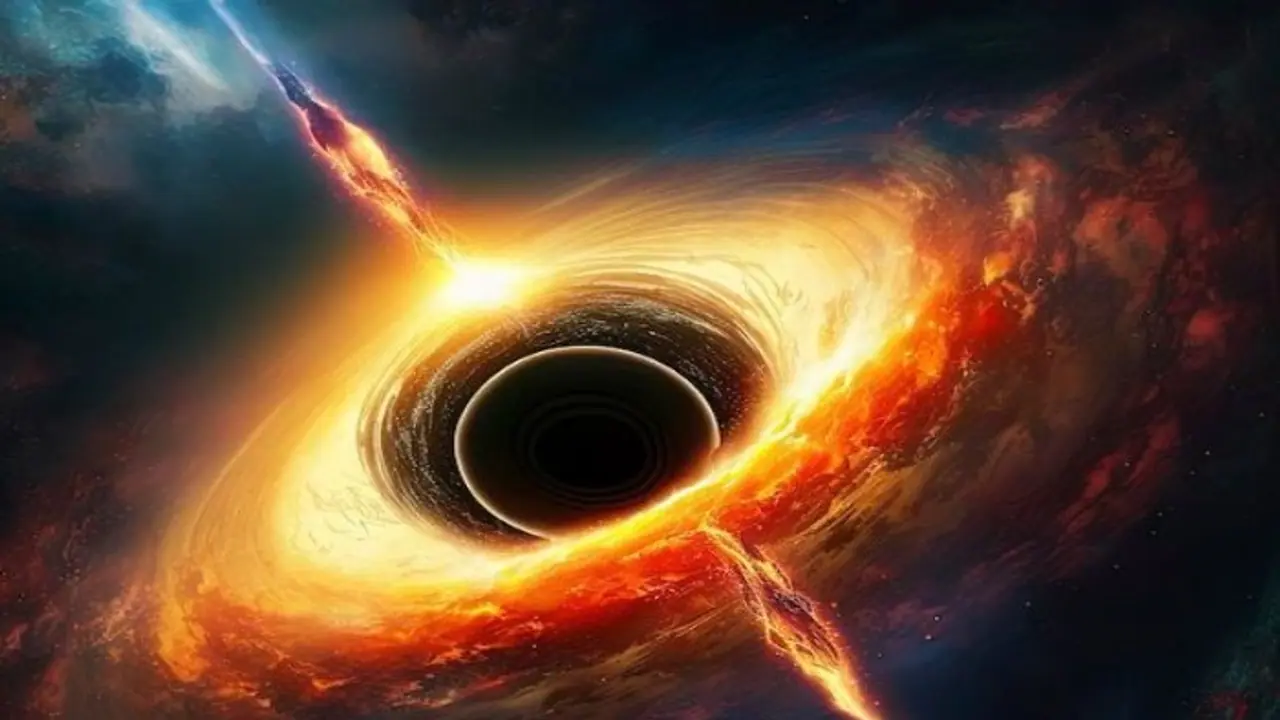In a groundbreaking revelation, a team of scientists in the United States, led by Indian-origin astrophysicist Raga Deepika Pucha, has discovered the largest collection of intermediate-mass black holes and dwarf galaxies harboring active black holes.

In a groundbreaking revelation, a team of scientists in the United States, led by Indian-origin astrophysicist Raga Deepika Pucha, has discovered the largest collection of intermediate-mass black holes and dwarf galaxies harboring active black holes. The samples, said to be more than three times the existing census of black holes and dwarf galaxies, will allow for more in-depth studies on the dynamics between dwarf galaxy evolution and black hole growth.
Pucha, hailing from Tenali in Andhra Pradesh’s Guntur district, and her team used early data from the Dark Energy Spectroscopic Instrument (DESI), a cutting-edge tool capable of simultaneously capturing light from 5,000 galaxies, that led to this major scientific advancement.
This breakthrough not only expands our knowledge of the vast black hole population but also paves the way for further exploration of how the universe’s first black holes formed and their role in galaxy evolution. According to NoirLab, DESI is a state-of-the-art instrument mounted on the Nicholas U. Mayall Telescope at Kitt Peak National Observatory and is funded by the US Department of Energy (DOE) and the National Science Foundation (NSF).
Currently in its fourth year of a five-year survey, the DESI project aims to observe a staggering 40 million galaxies and quasars by its completion. Managed by DOE’s Lawrence Berkeley National Laboratory, the initiative brings together over 900 researchers from 70+ institutions worldwide.
Also read: ‘Failure of marriage not end of life, move on’, Supreme Court tells young couple
Using DESI’s early survey data—comprising 410,000 galaxies, including 115,000 dwarf galaxies—Pucha’s team made a crucial discovery: an extensive list of previously undetected low-mass black holes. Unlike their supermassive counterparts, these elusive black holes are notoriously difficult to identify, especially within dwarf galaxies, due to their compact sizes and the technological limitations of existing instruments.
"When a black hole at the center of a galaxy starts feeding, it unleashes a tremendous amount of energy into its surroundings, transforming into what we call an active galactic nucleus. This dramatic activity serves as a beacon, allowing us to identify hidden black holes in these small galaxies," she explained.
The team identified an astounding 2,500 candidate dwarf galaxies hosting active galactic nuclei (AGN)—the largest sample ever recorded. Even more astonishing is that this study found four times more AGN-hosting dwarf galaxies (2%) than previously estimated (0.5%).
(Cover image for representational purposes only)
